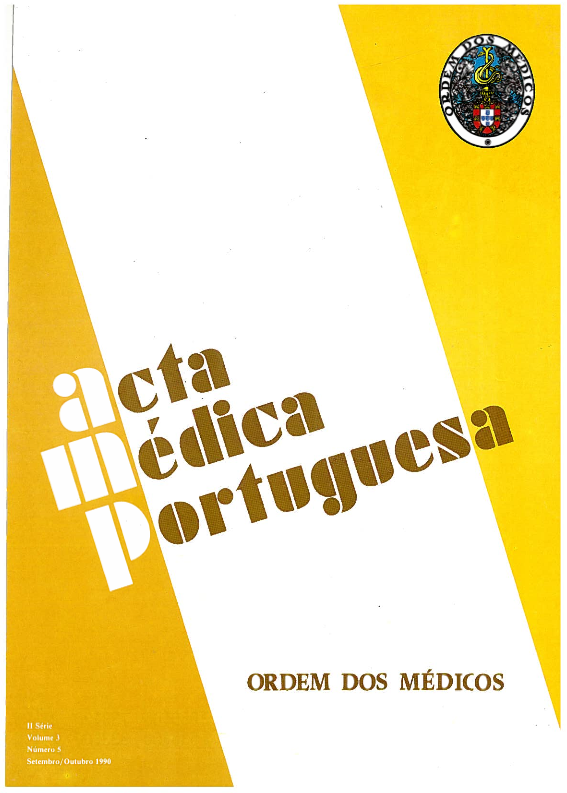Diagnosis of ischemic cardiopathy in ambulatory care patients. Multivariate analysis of clinical and electrocardiographic data.
DOI:
https://doi.org/10.20344/amp.4583Abstract
This study was done on 113 subjects, 93 men and 20 women, whose ages ranged between 32 and 70 years (average 52.9 years). Males varied between 35 and 70 years (average 53.7) and females between 32 and 67 years (average 49.5). Our objective is: to give an account of the different discriminatory methods with mixed data usually used in medical applications, to apply these methods to all the subjects studied with the purpose of comparing their performance and, to develop a protocol for diagnosing coronary artery disease by noninvasive tests. All the subjects were referred for evaluation of chest pain, and were submitted to an exercise test on an ergometric bicycle, selective coronary angiography and left ventriculography. Patients with prior myocardial infarction, cardiomyopathy, valvular or congenital disease, mitral valve prolapse or intraventricular conduction defect were excluded. Subjects were classified as having coronary artery disease and not having coronary artery disease according to the coronarographic results. We used four clinical variables (age, sex, risk factor and chest pain) and five variables obtained from the stress test (ST depression, appearance of chest pain, appearance of arrhythmias, variations in blood pressure and R wave changes). For the analysis of this set of data we use well known univariate statistical methods, such as chi-squared test, F-test and t-test, and the following multivariate statistical methods: Fisher, Quadratic and Logistic, discriminant methods. To study the relative importance of the different variables in the discrimination of the individuals, we performed a stepwise linear discriminant analysis over the 113 subjects. Of the 9 variables tested R-wave was of little value and excluded.(ABSTRACT TRUNCATED AT 250 WORDS)Downloads
Downloads
How to Cite
Issue
Section
License
All the articles published in the AMP are open access and comply with the requirements of funding agencies or academic institutions. The AMP is governed by the terms of the Creative Commons ‘Attribution – Non-Commercial Use - (CC-BY-NC)’ license, regarding the use by third parties.
It is the author’s responsibility to obtain approval for the reproduction of figures, tables, etc. from other publications.
Upon acceptance of an article for publication, the authors will be asked to complete the ICMJE “Copyright Liability and Copyright Sharing Statement “(http://www.actamedicaportuguesa.com/info/AMP-NormasPublicacao.pdf) and the “Declaration of Potential Conflicts of Interest” (http:// www.icmje.org/conflicts-of-interest). An e-mail will be sent to the corresponding author to acknowledge receipt of the manuscript.
After publication, the authors are authorised to make their articles available in repositories of their institutions of origin, as long as they always mention where they were published and according to the Creative Commons license.









